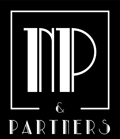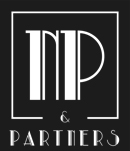
10 Reasons and 10 Tips to Create the Best Interior Design Mood Boards
Mood boards are a starting point in a creative design project that visually communicates concepts and ideas. It is a well-thought-out physical or digital collage of images, keywords, textures, materials, colors, patterns, reference projects used in interior design. A mood board, inspiration board, or vision board is the first phase in the idea feel or project style, exchanged between a client and the interior designer that precedes the traditional drawing board and stays attached throughout the design process.
So, today whether you ready to design your home or work with one of the top interior design companies in Mumbai, we are here to nudge you to make your own simple interior design mood board. In this blog, we are dropping some helpful hints on the essentials for the perfect mood board so – read, realize, and get ready.
Why a mood board for interior design?
Many interior designers who already know what is a mood board and understand the importance of a mood board in interior design are utilizing its strength to get their ideas organized. Also, homeowners are creating mood boards to express their design preferences.
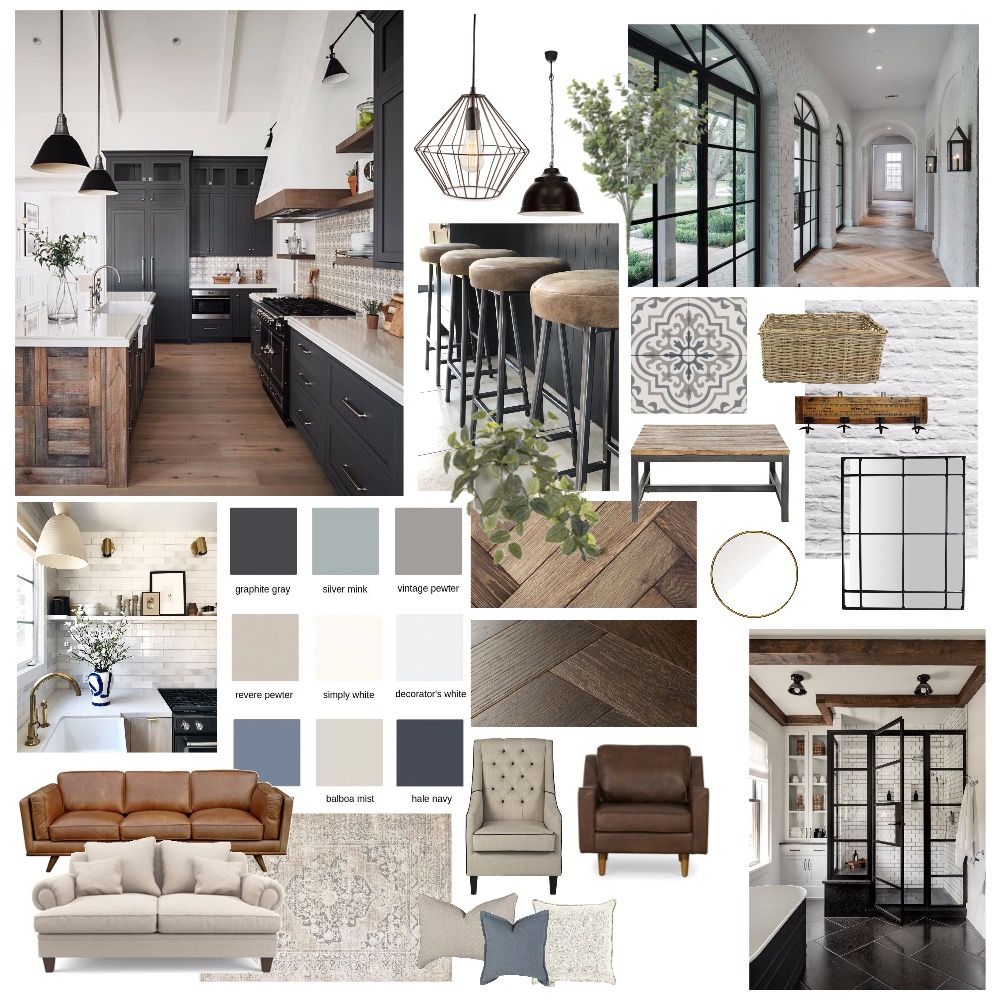
But if you still want to know – why are mood boards important, or what is the purpose of the mood board, or what are the benefits of a mood board, we have outlined here the ten advantages of a mood board: –
1. Sets a holistic, visual landscape for the project.
2. Clarifies the goal to expedite micro-decisions.
3. Images expound an idea to a team or client.
4. Reduces project planning time.
5. Easy to incorporate changes.
6. Useful for front-end developers.
7. Reduces ideation time by creating new pages.
8. Ensures all are on the same page.
9. Showcases multiple concepts – conventional to contemporary.
10. It is fast, simple, eco-friendly, and costs next to nothing.
Types of mood boards
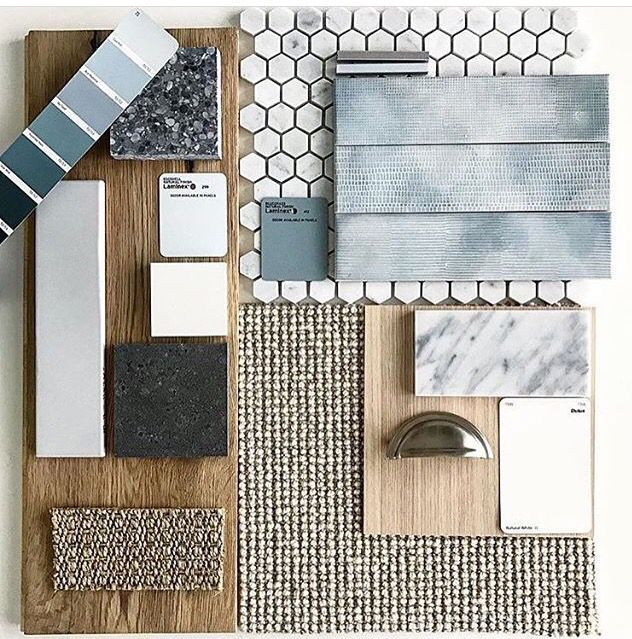
Traditional mood boards
Traditional mood boards made from foam board, cardboard, paper, or corkboard, are decorated with string, stickers, magazine cutouts, fabrics, or anything else that inspires the creator.
Trending digital mood boards
A digital mood board is a document saved online. It is used in interior design to collaborate with clients and teams over a project. It helps to align images of your preferred rooms, furniture, color schemes, window treatments, floorings, accessory suppliers/manufacturers, and more.
Today, several digital apps are available such as – Canva, Pinterest, Photoshop, Adobe Illustrator, EverNote, GoMoodboard, Behance, Dribble, Design systems, Image Spark, Moodshare, Mural, Musespeak, Niice, Olioboard.
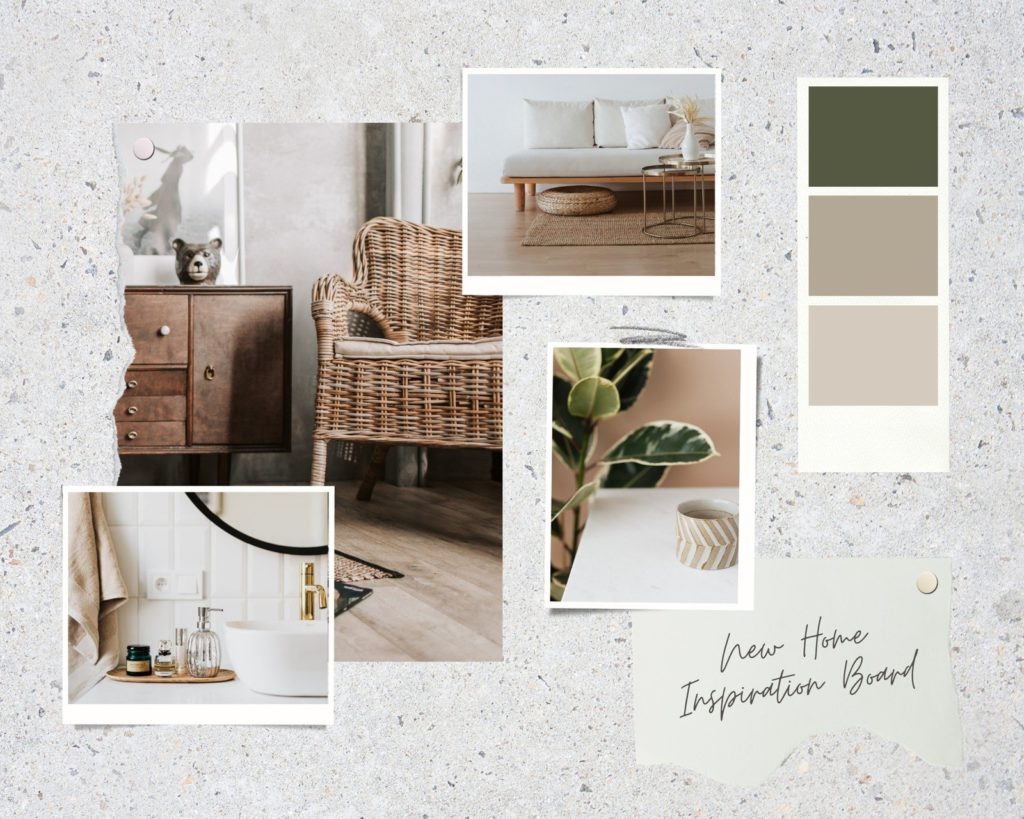
10 Tips to create powerful mood boards
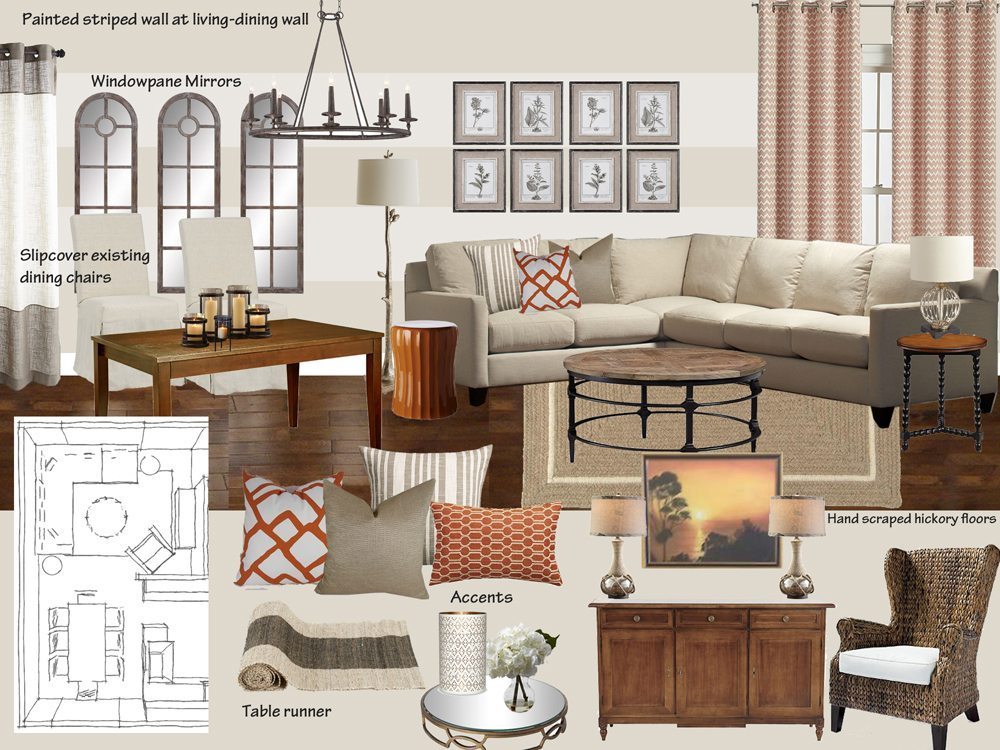
Here are ten tips on how to get the most out of your interior design mood boarding process: –
1. Commit to it
Whether you are a designer or seeking design advice, commit yourself to create a mood board with specifics. This first step in interior designing must convey an idea of the finished product. Changes happen along the way, but the overall style and feel must remain.
2. Find different templates
Use a mix of templates as different images demand different space and structure. Recently, with e-Design, the best residential interior designers in Mumbai have started to use multiple templates to present a design proposal online.
3. Create multiple mood boards to brand your style
As an interior designer, think of your mood board as a branding tool to connect with your customer. For example, if you are among the top luxury interior designers in Mumbai, one of your mood boards may curate the best Italian marble in India.
4. Explore
For digital mood boards, you will find inspiration from Google and Pinterest to build your mood board. Few designers still prefer to make a physical mood board with magazine images and material samples. Whatever you choose, maintain color and scheme.
5. Dig into details
For example, if your goal is to create a mood board for modern ceiling light fixtures, then go into details like LED lights, hanging fixtures, flush mount ceiling light fixtures, the source, etc. Remember best mood boards require hard work, time, and patience.
6. Don’t always limit yourself
When you are curating your mood board, you may feel you are not getting the exact product or idea you want to share with someone. In that case, find inspiration from different sources to help establish the direction of your design.
7. Personalize your mood board
As an interior designer, you can mix actual pictures of your interior design projects with new inspirations to personalize the mood board. This mix can help your clients appreciate the quality interiors you can deliver in real life.
8. Cover all the must-haves
Mood board must-haves include – interior decor images, reference projects, headings, keywords, furniture, colors, project name, logo, date, vibe, and style. When designing the mood board, ensure it includes few accent pieces in white background to draw attention.
9. Get organized
From nurturing an idea to maturing the project, a mood board acts as the orderly project outline. It works like a jigsaw that gathers different pieces of design to try out a potential style. An organized mood board is the fastest way to get approvals on a concept.
10. Redo, refine
Mood boards are an ongoing process. You can keep redoing and refining the mood board till you find the perfect look. Continue to create new mood boards for different ideas till you have a fully developed design plan.
Setting up the Vibe Tray or Mood Board Tray
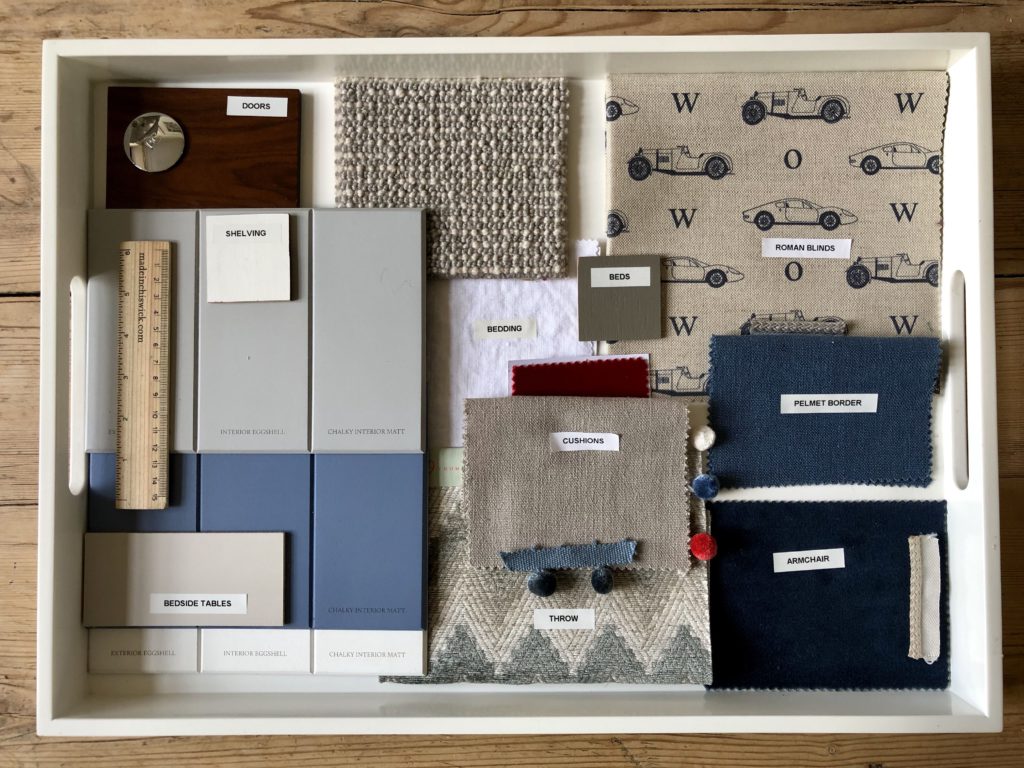
After achieving a coherent mood board, interior designers have begun to use design presentation trays called vibe trays. A vibe tray, mood tray, or interior design tray is a physical manifestation of the mood board with samples of product finishes. It can contain a selection of fabrics, color palettes, textures, tiles, wallpapers, wood veneers, lacquers, marble, metals, and glass.
Interior design mood boards and interior design vibe trays lay the foundation to beautify a space. Now that we have nudged you towards them, start creating your own mood boards and trays. Pool your personal taste with interior design trends 2021 and you have the best home interior design ideas!
We hope after reading this, you will know how to make an interior design mood board and mood tray for the perfect – living room, bedroom, kitchen, yoga room, or work from home office!

